Lakas-Kampi-CMD presidential bet Gibo Teodoro has called on local government unit (LGU) executives to work hand in hand in stopping the migration of people to Metro Manila’s congested cities to arrest urban decay and ease the economic woes of the metropolis.
Speaking during a rally held at the San Agustin Gym, Moonwalk Village in Parañaque City, Gibo said the relocation of people from urban centers to the provinces and the rapid development of the countryside are the challenges that face the national government and the LGUs in a massive reconstruction effort that is needed to prevent a repeat of the widescale flooding triggered by typhoon “Ondoy,” which inundated most of Metro Manila last year.
Gibo said a major component of this reconstruction effort should be the construction of a Parañaque spillway to ensure that the water that comes into the Laguna de Bay through the Manggahan Floodway from over 20 upstream river systems will flow out to prevent perennial flooding.
Estimates done by a reconstruction commission chaired by Finance Secretary Margarito Teves and industrialist Manny Pangilinan has placed the cost of rehabilitating areas damaged by typhoons at P208 billion.
“With reclamation, there are challenges, because the inland portions of the reclaimed areas are prone to flooding, and if we don’t make the new Parañaque spillway wherever that will be, Metro Manila is going to flood, Laguna will continue to flood, because Laguna de Bay, up to now, is not going lower as it should and, depth is only 11 feet now, but still you have submerged areas,” Gibo said.
Gibo was welcomed during his sortie in Parañaque by local chief executives of the city led by Mayor Jun Bernabe, Vice Mayor Gus Tambunting, Rep. Ronald Bernabe and Association of Barangay Captains president Teodoro Virata Jr..
Local government executives, Gibo said, should closely coordinate with and among each other to stop urban migration by ensuring that informal settlers would have stable jobs and livelihood opportunities in the sites where they will be relocated, while spurring economic growth in the countryside to encourage rural folk to stay put in the provinces instead of transferring to crowded urban centers.
“These are challenges that all of us must face. [We need to enhance] local government capacity building, not merely for Parañaque, but for rural areas so that the migration stops,” Gibo said. “Kung hindi po titigil ang migration, grabe ang mangyayari dito lalo na sa Parañaque (If migration does not stop, the situation will worsen, especially here in Parañaque).”
Gibo had pointed out that LGUs can tie up with the private sector to provide sustainable means of livelihood for new settlers in relocation sites.
The Special National Public-Private Reconstruction Commission created by President Arroyo is now drafting an infrastructure rehabilitation plan that would cover the problem of informal settlers, especially those living in endangered areas.
The Commission, which is co-chaired by Teves, Pangilinan and Cebu Archbishop Ricardo Vidal, was created through Executive Order 832 issued by President Arroyo in the aftermath of the devastation wrought by several typhoons that struck the country last year.
This Commission is tasked to “undertake a study of the causes, costs and actions to be taken in the wake of Typhoons Ondoy, Pepeng and Frank, and to seek fresh aid to fund” necessary reconstruction efforts. -30-
Saturday, April 10, 2010
Gibo to LGU Execs: Join forces vs. Urban Migration to ease Metro Manila woes
Subscribe to:
Post Comments (Atom)




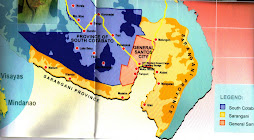

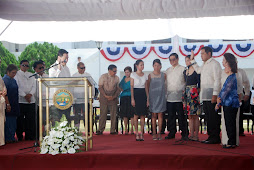
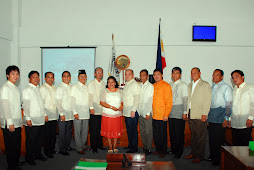


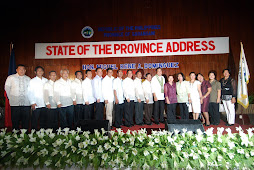
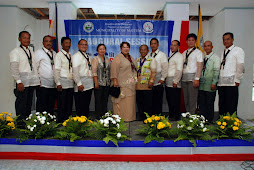
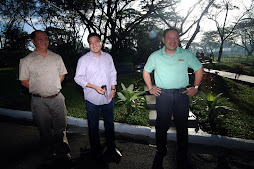
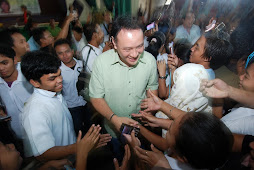





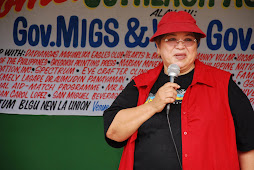

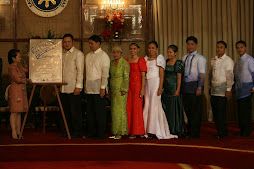





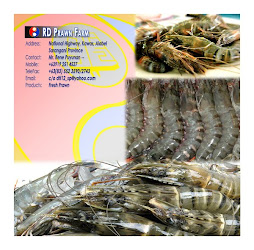






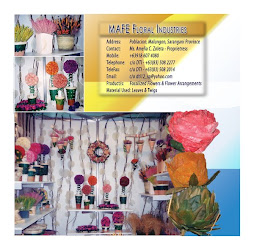


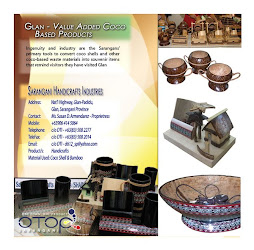


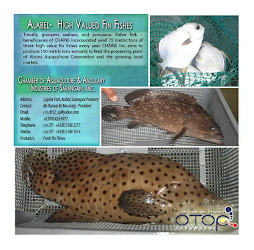


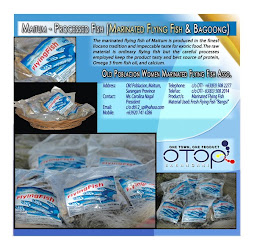
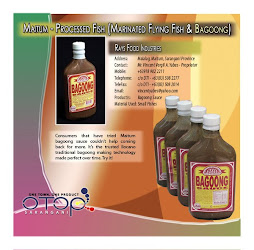



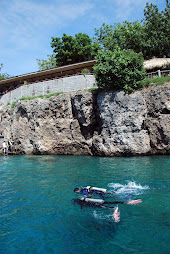




No comments:
Post a Comment